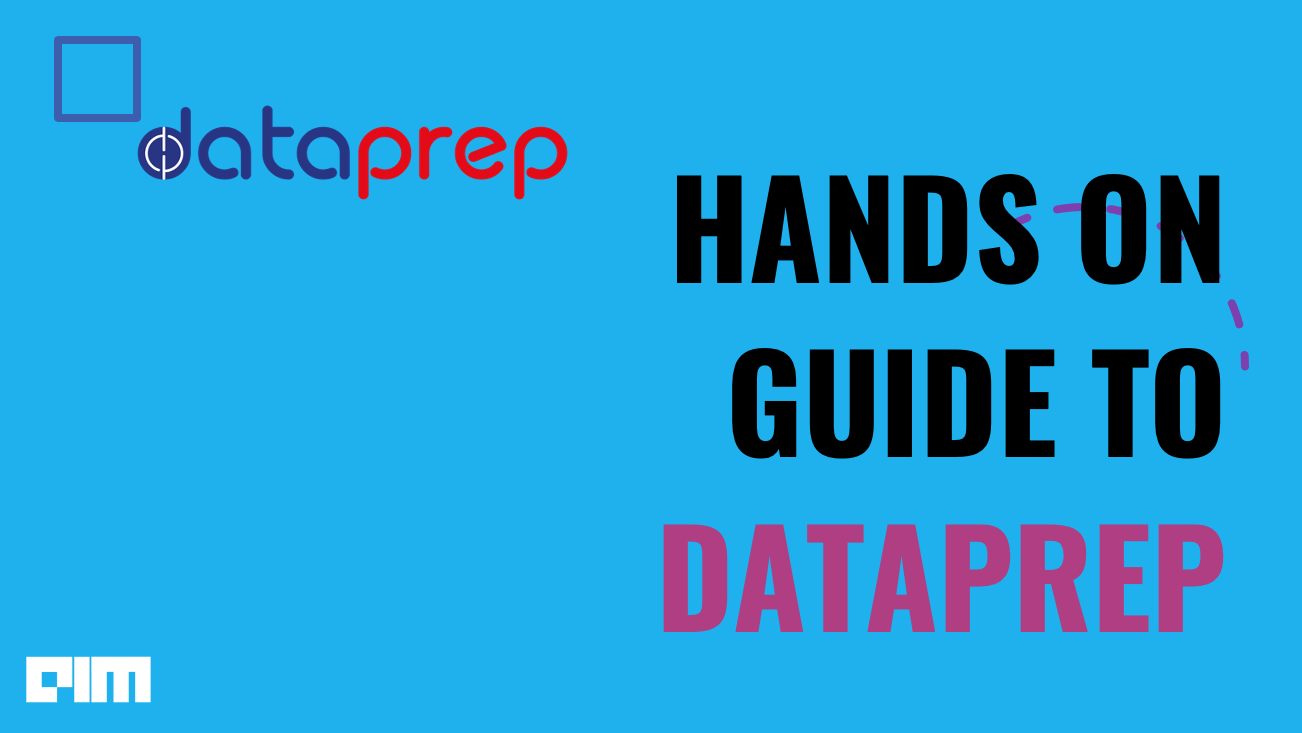Preparing your data before using it to train or test the machine learning model is really important to get accurate and precise results. Preparing the data can be a tiresome task because it takes a lot of effort and time to analyze the data and prepare it according to our requirements.
Dataprep is an open-source python library that allows you to prepare your data and that too with just a few lines of code. By preparing data it means that we can analyze the properties of the attributes that are there in the data. In the current version of DataPrep, they have a very useful module named EDA(Exploratory Data Analysis).
In this article, we will explore what all we can do using DataPrep with using its features.
Implementation of DataPrep
Like any other python library, we need to install DataPrep using pip install dataprep
- Importing required libraries
DataPrep contains different functions for different operations. We will start by importing the plot function which is used to visualize the statistical plots and properties of the dataset. Also, we will be importing plotly express as we will use it to download the dataset we will be working on.
import plotly.express as px
from dataprep.eda import plot
- Loading the Dataset
In this article, we will be using the sample dataset named ‘tips’ which can be downloaded using plotly express. The dataset contains certain attributes related to hotel bills and tips.
df = px.data.tips()
df
- Exploratory Data Analysis
We will start with statistical data exploration and analysis. The plot function is used for preparing this statistical report. This single line of code will create the whole statistical analysis.
plot(df)
As you can see in the output image above it displays the statistical properties frequency and count of all the attributes. If we click the button ‘Show Stats Info’ we will see the statistical information as shown below.
We can also perform statistical data analysis for individual attributes also, which will give us a clear idea about each attribute also it supports different plots like KDE Plot, Box Plot, etc.
plot(df, ‘tip’)
By clicking different plots we can visualize the ‘tip’ attribute in that plot. For example, in the image below you can see the box plot of the ‘tip’ column.
The next function we will be importing and using is the plot_correlation which allows us to create a heatmap of the correlations of the different attributes of the dataset. Heatmaps give us a clear view of the relationship between different attributes. Let us plot the correlation heatmap. Dataprep not only plots the heatmap it gives you three variants of it namely Pearson, Spearman, and Kendall Tau.
from dataprep.eda import plot_correlation
plot_correlation(df)
Dataprep allows us to visualize any missing data in our dataset, finding out missing data is mandatory while preparing the data so that we can replace it with useful data accordingly. For visualizing the missing data we will use an advertising dataset that has some missing values. You can use any dataset which contains some missing values to appreciate the visualization of the missing data.
This visualization can be viewed in 3 different plots as you will see in the output images below.
import pandas as pd
df1= pd.read_csv(‘Advertising.csv’)
from dataprep.eda import plot_missing
plot_missing(df)
These 3 images clearly help us visualize the missing data in the dataset which will help us to prepare the data by removing these missing values or replacing them with relevant data.
This is how we can use DataPrep to prepare our data for further processing.
Conclusion:
In this article, we have seen how we can use different functions of the EDA module of DataPrep library to prepare our data for further processing. DtaPrep is easy to use and saves time and effort. DataPrep allows you to analyze every aspect of data with its variety of functions. According to the makers of DataPrep soon they will be releasing some more modules for data preparation.





















